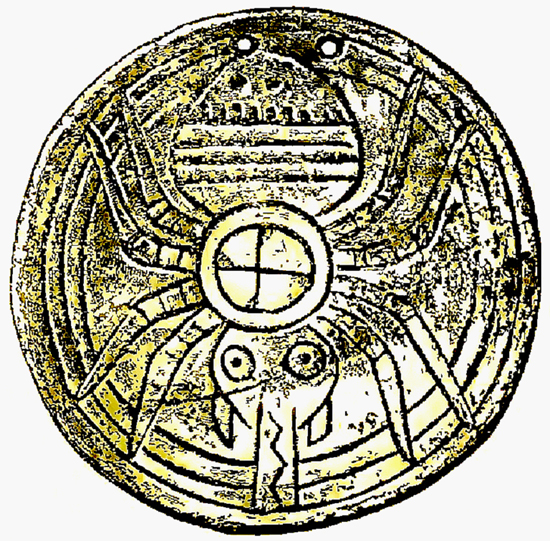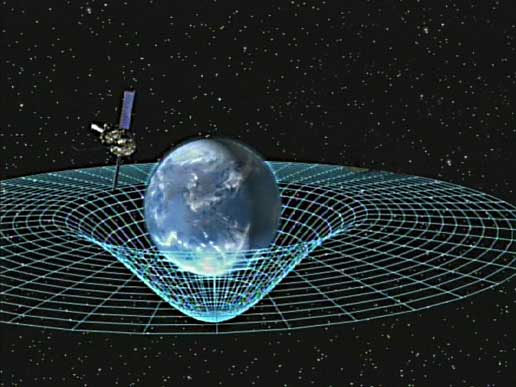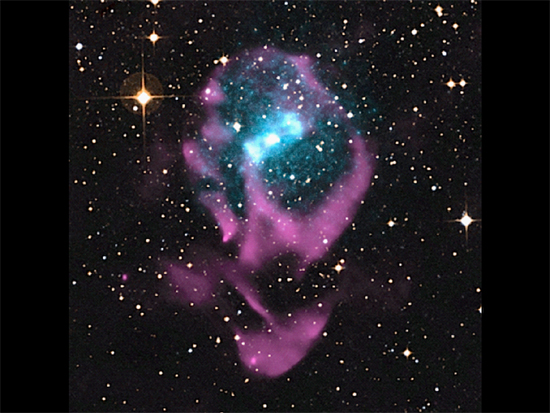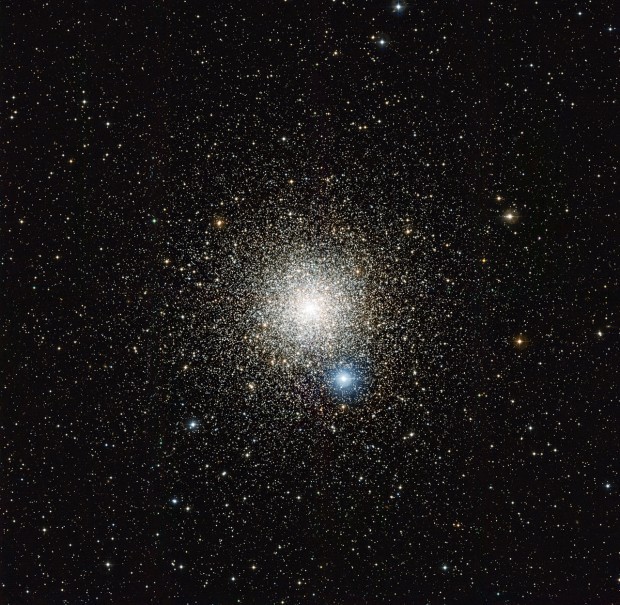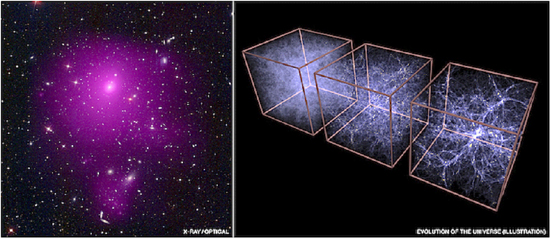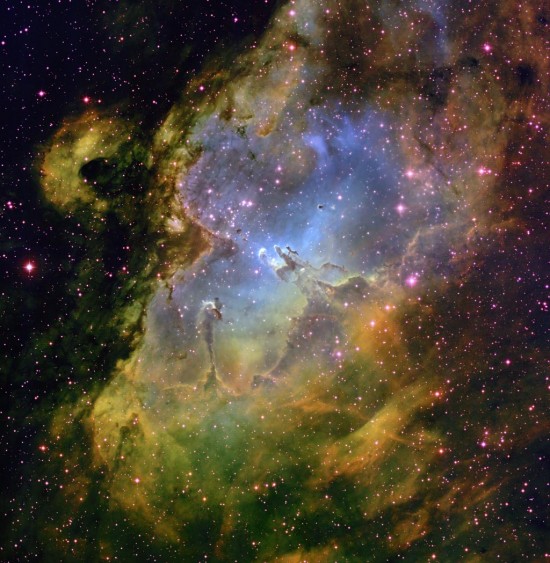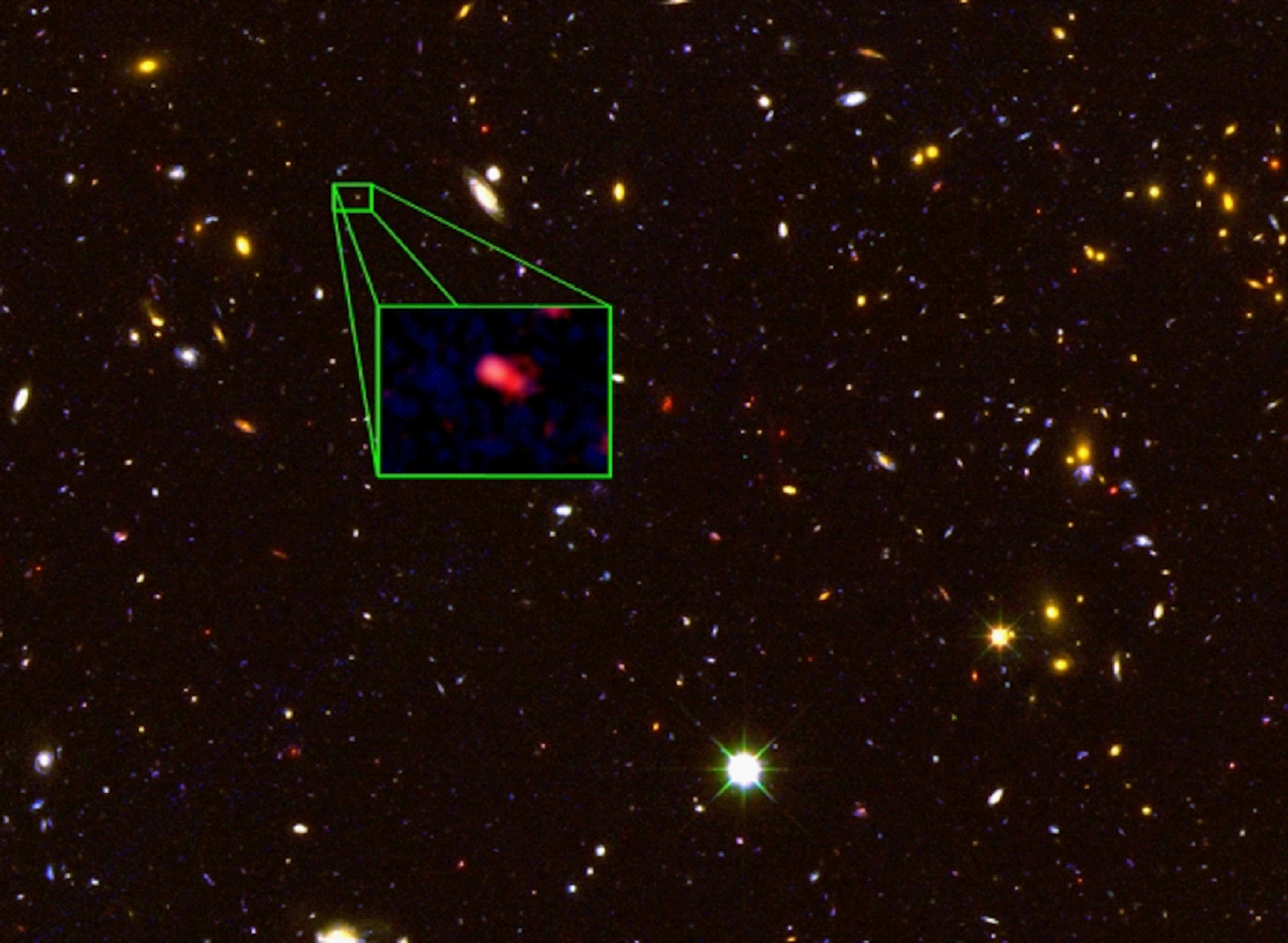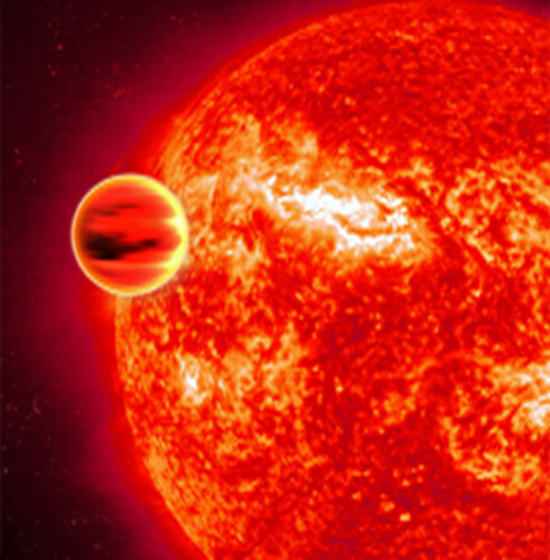Electrical Accumulators
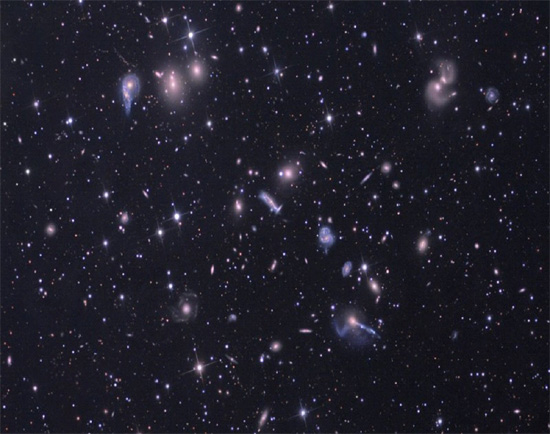
Dec 31, 2013 What takes place in thunderstorms on Earth is most likely a smaller version of large scale phenomena. “I have always believed that astrophysics should be the extrapolation of laboratory physics, that we must begin from the present Universe and work our way backward to progressively more…





